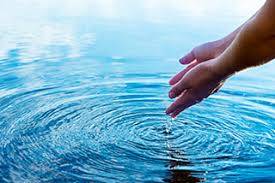Promoting Water Safety: A Community Imperative
In recent years, alarming incidents related to water safety and pollution have raised significant concerns for communities worldwide. The need for comprehensive water safety education has never been more pressing, especially regarding swimming in rivers and protecting local water sources from contamination.
Many accidents occur due to a lack of awareness about the inherent dangers of swimming in rivers. Strong currents, submerged obstacles, and unpredictable weather conditions can pose serious threats to even the most experienced swimmers. Educational campaigns are being launched to inform community members, particularly children and young adults, about the risks associated with river swimming. These initiatives often include workshops, school programs, and community meetings, emphasizing essential safety practices such as swimming in designated areas, wearing life jackets, and never swimming alone.
Equally important is the need to address water pollution, which has dire consequences for both human health and local ecosystems. Polluted water sources can lead to a range of illnesses, including gastrointestinal infections and skin diseases. To combat this issue, campaigns are focusing on educating communities about the importance of keeping water sources clean. This includes promoting responsible waste disposal practices, advocating for the reduction of single-use plastics, and encouraging local organizations to organize clean-up events at rivers and lakes.
Collaboration between local governments, non-profit organizations, and community members is crucial in these educational efforts. By fostering a culture of responsibility and awareness, communities can work together to create a safer environment for recreational activities and protect vital water sources for future generations.
Additionally, engaging local leaders and influencers in these campaigns can help amplify their message. Public service announcements, social media campaigns, and informational materials can further enhance community outreach, making water safety a priority for all.
Ultimately, the goal of these initiatives is to instill a sense of stewardship for local water bodies. By educating individuals about the dangers of swimming in rivers and the importance of water cleanliness, communities can significantly reduce accidents and promote healthier ecosystems. As we face increasing challenges related to water safety and pollution, collective efforts to educate and protect our water sources are essential for safeguarding public health and preserving the environment for generations to come.


